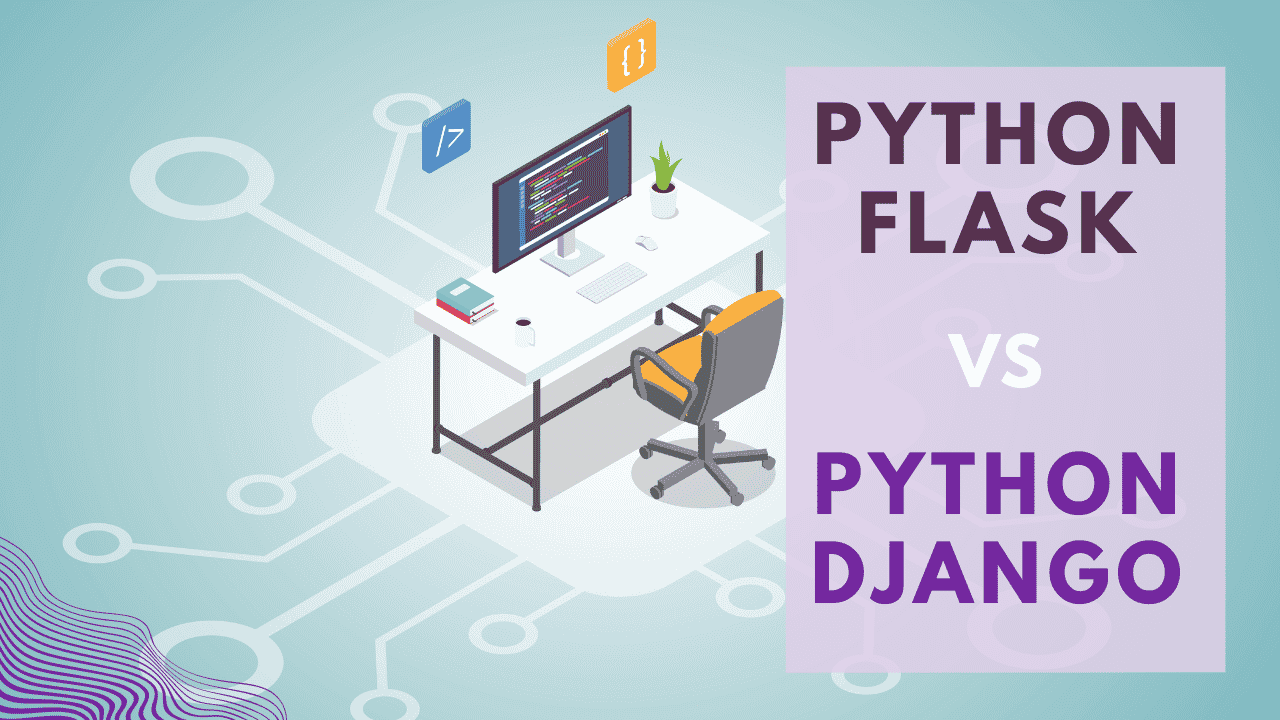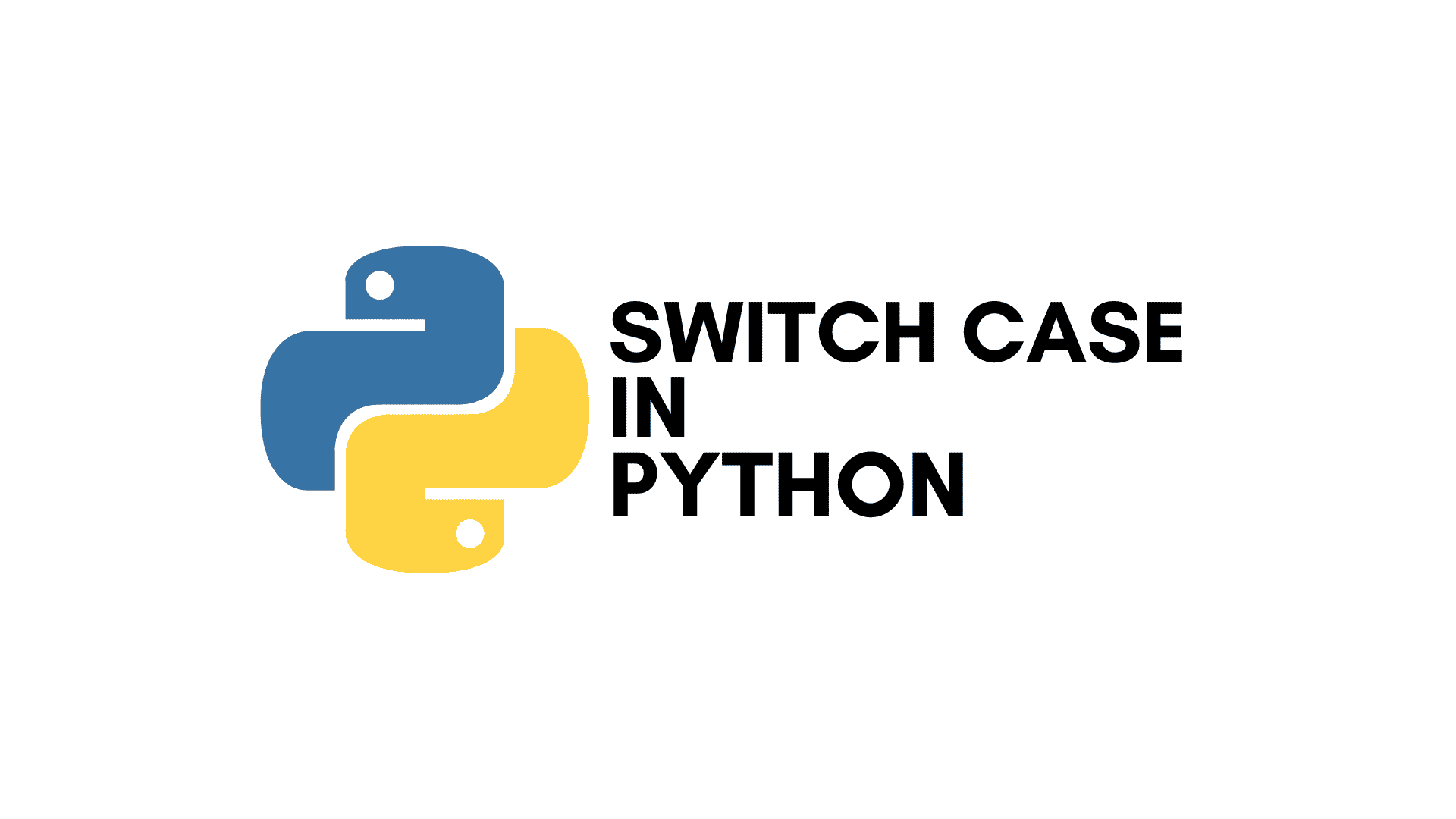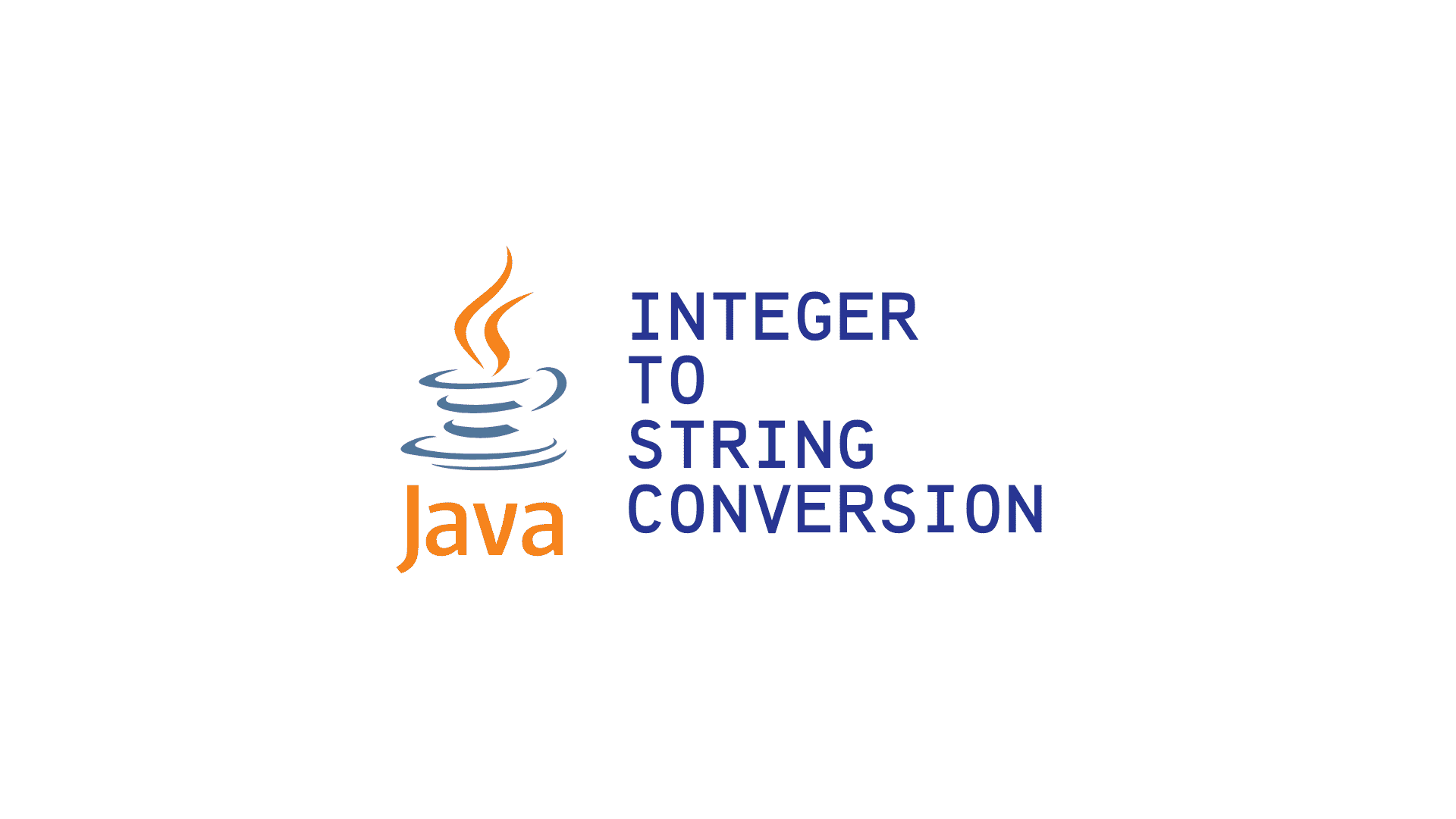Java is an object-oriented, class-based programming language. It is famous for its “Write Once, Run Anywhere” capability. Java code compiles into bytecode, and the Java Virtual Machine (JVM) runs this bytecode on any platform. Python is an interpreted, high-level language. It supports multiple programming styles and focuses on easy-to-read code.
What is Java?
Java is a robust programming language. You use Java to build enterprise software, Android mobile apps, and big data solutions. It is a secure and reliable choice for large systems. Java applications are fast and stable.
Learn Java the right way! Our course teaches you essential programming skills, from coding basics to complex projects, setting you up for success in the tech industry.
What is Python?
Python is a versatile programming language. It uses an interpreter, running code line by line. Python’s design prioritizes clear syntax and good readability through indentation. You use Python for web development, data analysis, machine learning, and automation scripts. It helps you build applications quickly.
In this course, you will learn the fundamentals of Python: from basic syntax to mastering data structures, loops, and functions. You will also explore OOP concepts and objects to build robust programs.
Performance
Java generally runs faster than Python. Java code compiles into bytecode, which the JVM optimizes for quick execution. Python is an interpreted language. It executes code line by line, which can make it slower for very large, complex applications.
Learning Curve
Python is easier to learn. Its syntax is simple and reads like everyday language. This makes Python a great starting point for new programmers. Java has a steeper learning curve. Its syntax is more detailed, and you need to understand object-oriented programming concepts early on.
Use Cases
Java is a strong option for large business applications, Android app development, and backend systems where performance and security are critical. Companies use Java for building powerful, reliable software.
Python is excellent for data science, machine learning, artificial intelligence, and web development using frameworks like Django. Its many libraries make it perfect for rapid development and data-focused projects.
Typing
Java uses static typing. You must declare variable types explicitly before running the code. Static typing helps you catch errors during the compilation process. Python uses dynamic typing. Variable types are determined when the code runs, which offers flexibility but might show errors during execution.
Community and Ecosystem
Both Java and Python have large, active communities and extensive resources. Java has a mature ecosystem with tools and frameworks like Spring. It is widely used in corporate environments. Python also has a strong community with a vast collection of libraries, especially in data science and machine learning.
Memory Management
Java uses automatic garbage collection for memory management. This frees you from managing memory manually. Python also uses automatic garbage collection. Python applications often use less memory compared to Java.
Concurrency and Multithreading
Java offers robust support for multithreading. It is suitable for building applications that handle multiple tasks at once. Python’s Global Interpreter Lock (GIL) can limit true parallel execution in multithreaded programs. However, Python has ways to handle asynchronous and parallel code efficiently.
Which One Should You Learn?
Your choice between Java and Python depends on your career goals:
- For enterprise software, high-performance systems, or Android development: Learn Java.
- For data science, machine learning, web development, or scripting: Learn Python.
Many developers learn both languages. This broadens your skills and opens up more job opportunities. Consider your project needs, performance requirements, and preferred learning style when you decide.
Java vs. Python: A Quick Comparison
| Feature | Java | Python |
|---|---|---|
| Paradigm | Object-oriented, class-based | Multi-paradigm (object-oriented, functional, procedural) |
| Execution | Compiled to bytecode (JVM) | Interpreted |
| Performance | Generally faster | Generally slower (for CPU-bound tasks) |
| Learning Curve | Steeper | Easier |
| Typical Use | Enterprise apps, Android, Big Data | Web dev, Data Science, AI, Scripting |
| Typing | Statically typed | Dynamically typed |
| Concurrency | Strong multithreading support | GIL can limit true parallelism |
| Memory Mgmt. | Automatic garbage collection | Automatic garbage collection |






